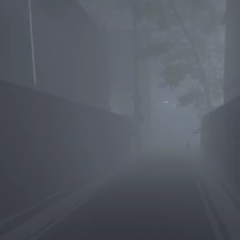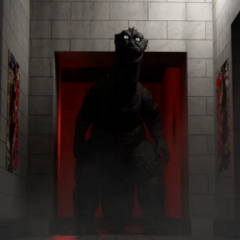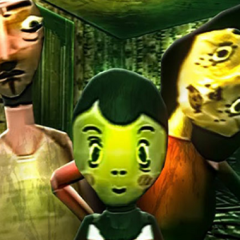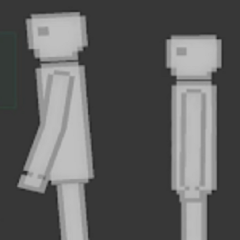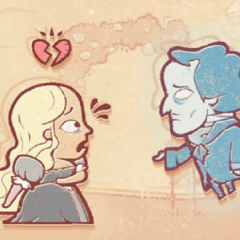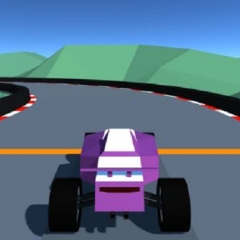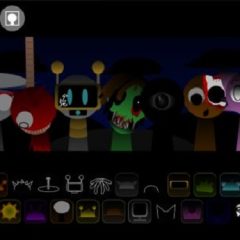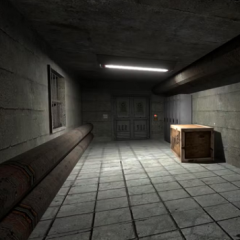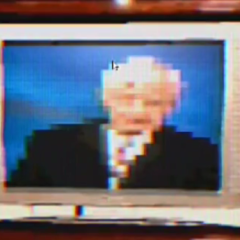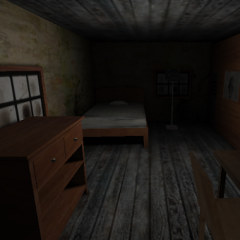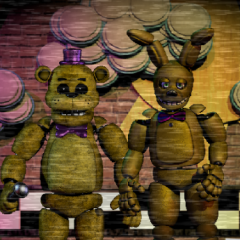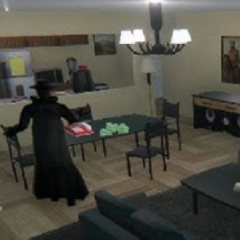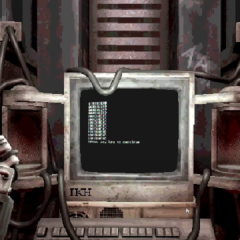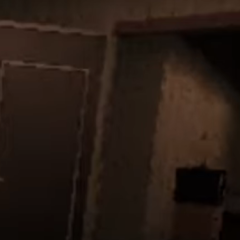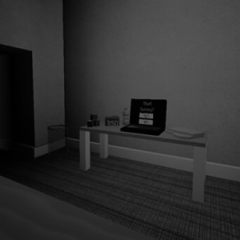Haunted Property places the player in a small, low-rent apartment where quiet discomfort builds into something more unsettling. The game uses first-person perspective to emphasize slow exploration and attention to detail. What begins as a normal move-in slowly shifts as nighttime brings subtle disturbances—sounds in the hallway, objects out of place, lights behaving incorrectly. The setting remains grounded and ordinary, but the repetition of space and changes over time create a sense of disorientation.
Interaction and Visual Approach
Gameplay is minimal, focused on observation and movement through confined areas. The player interacts with a limited number of items while trying to understand the cause of increasingly unnatural events. VHS-style visual filters add to the degraded, uneasy look of the environment, though they can be turned off. The design avoids direct confrontation, relying instead on visual shifts, audio design, and pacing to build pressure. Choices made during key moments determine which of the two endings is reached.
Tone and Uncertainty
Haunted Property avoids traditional scare tactics and leans into psychological discomfort. Neighbors exhibit strange behavior, but never in a way that fully explains their intent. The game never provides full answers, leaving much of the story open to interpretation. Each scene feels incomplete by design, reinforcing the idea that the horror lies not in what is seen but in what might be happening just beyond the walls. The structure and minimal dialogue give the player space to project their own conclusions onto the unfolding events.

